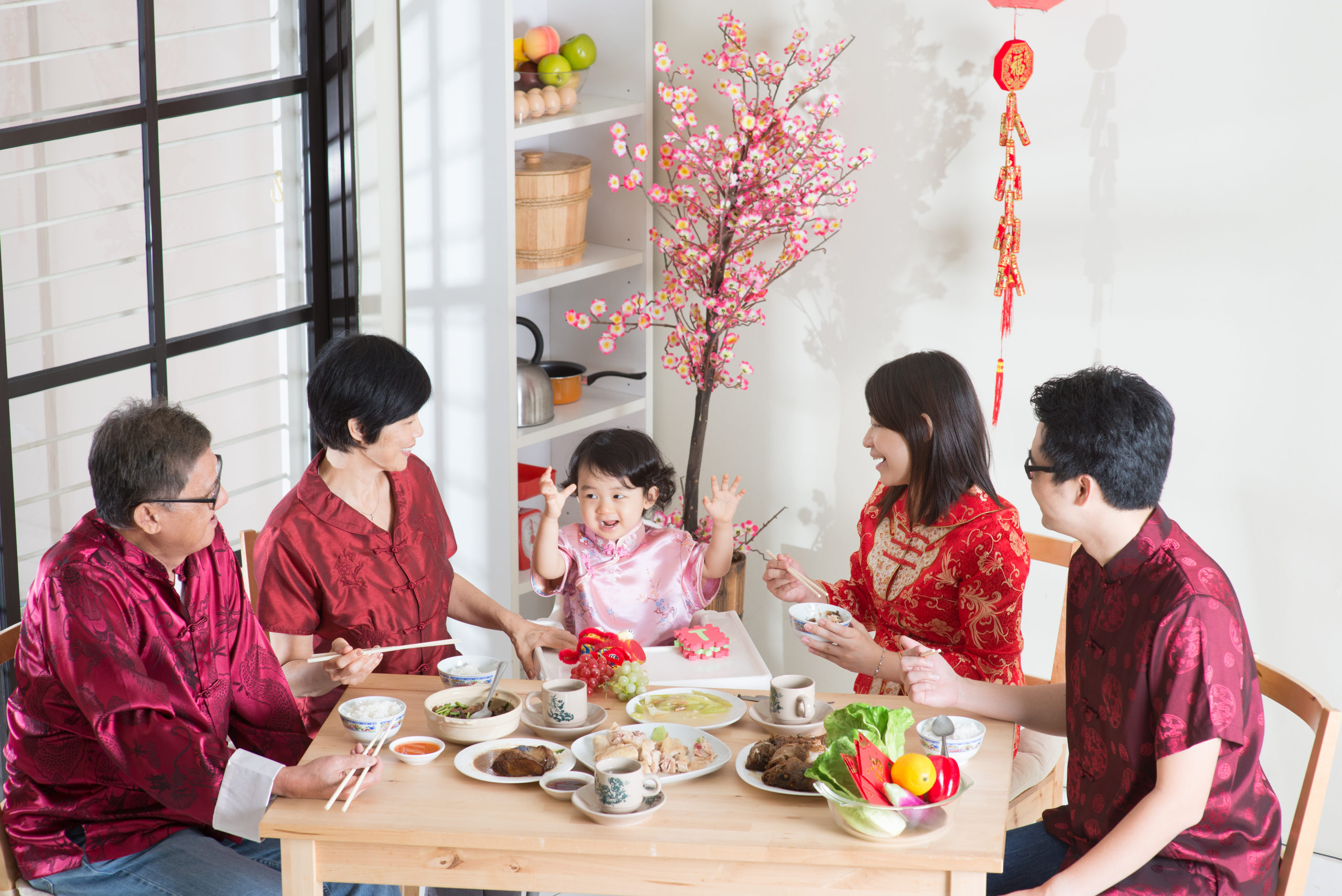Decoding CNY dishes
Behind practically every traditional practice at Chinese New Year, lies an intention, such as a wish for prosperity, or good health.
The importance of intention is even present in CNY meals, with certain dishes believed to bring luck for the coming year. Unlike other festive occasions where families might simply serve the dishes of their preference, and possibly even change the menu every year, Chinese dishes offer a specific significance with their presence on the dining table.
And while interpretations of these dishes may vary with the different subgroups and dialects, or even families attaching their own familial folklore to why they always serve certain platters, some dishes or ingredients are considered staples in Malaysian Chinese households when ushering in the lunar new year.
Yee Sang / Yu Sheng / Lou Sang

The act of tossing yee sang is both a dish serving and a vocalisation of wishes for the coming year. When translated, the name of the dish means abundance growth. Many families toss yee sang as the opener to their reunion dinner, literally and symbolically uniting the family around the dinner table.
Yee sang platters contain shredded vegetables, sauces and condiments, as well as raw fish such as salmon.
Fish

As the word yú for fish in Mandarin resembles the word for ‘abundance’, it is custom to serve a whole fish with head and tail intact, as a way to resemble a beginning and an end.
Among the typical ways to serve fish are steamed or fried with a lemon or lime-based sauce, or in a fragrant sauce, combining sauces such as soy and oyster.
Chicken
For Malaysian families, having chicken symbols togetherness. It is said that in previous generations, it was considered a luxury to serve chicken meat, and it would therefore only be served during special occasions when families group and dine together.
Typically, CNY chicken dishes are steamed or boiled and cooked with ginger and other liquids such as cooking wine.
Rolls
Whether stuffed spring rolls or meat rolls, the golden colour from the fried rolls is said to invite wealth as this dish resembles gold bars on the dining table.

Prawns
A popular item on the menu at Chinese restaurants, prawns are also a CNY favourite.
In Cantonese belief, the word for prawn ‘har’ is similar to the sound of laughter, and therefore a prawn dish is believed to bring happiness into the household in the new year.
Fruits
Citrus fruits such as oranges, tangerines, pomelos and kumquats are a global symbol of Chinese New Year. Oranges are beloved for their round shape and golden hues, which symbolise fullness, and wealth. Pomelos on the other hand signify family unity, perhaps for its size, being a fruit to be shared with members of the household.
Red dates are also commonly present at CNY, enjoyed either as preserved fruit or sometimes cooked into other dishes. Besides being the lucky colour red, the Chinese word zǎo means both dates as well as the word ‘early’, therefore wishing those consuming this fruit an ‘early start’.

Rice cake
A favourite dessert at reunion dinners is the glutinous rice cake also known as niangao. The sticky rice is believed to symbolise families ‘sticking together’, while also being a homonym for the Chinese term for “growth every year”, therefore bringing continued prosperity.
Rice ball pudding

Also known as tong yuen, this dessert of rice balls in a sweet syrup is often served on the last day of CNY. The pronunciation of the dish name as well as its round shape are associated with reunion and togetherness.
GemSpot wishes you a safe, joyous and prosperous Chinese New Year!
Check back soon for a new and improved GemSpot platform, and get ready to place your food and gift orders!
